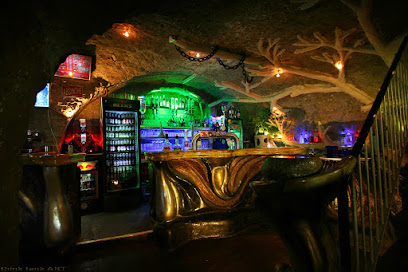
Denkmal der Deutschen Einheit: A Symbol of German Unity in Koblenz
Witness the confluence of history and rivers at the Denkmal der Deutschen Einheit in Koblenz, a powerful symbol of German unity and resilience at the Deutsches Eck.
The Denkmal der Deutschen Einheit, or Monument to German Unity, stands proudly at the Deutsches Eck (German Corner) in Koblenz, where the Rhine and Mosel rivers converge. This iconic landmark features a colossal equestrian statue of Kaiser Wilhelm I, a symbol of German unification. Originally erected in 1897, the monument was damaged during World War II and later rededicated as a memorial to German unity. Today, it attracts millions of visitors annually, drawn to its historical significance and stunning location. The Deutsches Eck, with its impressive monument and panoramic views, offers a poignant reflection on Germany's past and present, making it a must-see destination for anyone exploring the Rhineland.
A brief summary to Denkmal der deutschen Einheit
- Peter-Altmeier-Ufer, Koblenz, DE
Local tips
- Take a stroll along the Rhine and Mosel promenades for scenic views and photo opportunities.
- Visit the Ehrenbreitstein Fortress across the Rhine for panoramic views of Koblenz and the Deutsches Eck; accessible by cable car.
- Explore Koblenz's Old Town (Altstadt) with its charming streets, historic buildings, and local shops.
- Check out the Mittelrhein-Museum to see the original head of Kaiser Wilhelm I's statue.
- Consider a boat tour on the Rhine or Mosel to experience the rivers and surrounding landscapes from a different perspective.
Getting There
-
Public Transport
From Koblenz Hauptbahnhof (main train station), take bus line 1 or 11 directly to the Deutsches Eck/Seilbahn stop. The bus ride takes approximately 15 minutes, and buses depart every 15 minutes. From the bus stop, it's a short 5-minute walk to the monument. A 24-hour Koblenz Card (€9.80) offers free travel on public transport within the city, including the bus to Deutsches Eck.
-
Walking
From Koblenz city center (e.g., Zentralplatz/Forum), it's a pleasant walk of approximately 20-30 minutes to the Deutsches Eck. Follow the signs towards the Rhine River and the Deutsches Eck. The route is mostly flat and offers scenic views along the riverfront.
-
Taxi/Ride-Share
A taxi or ride-share from Koblenz Hauptbahnhof or the city center to the Deutsches Eck typically costs between €8-€12, depending on traffic and the specific starting point. The journey takes approximately 5-10 minutes.
-
Driving
If driving, follow signs to the Deutsches Eck. Limited parking is available near the monument. Consider parking at Peter-Altmeier-Str. (Kastorstraße), a 5-minute walk away, or in the Tiefgarage Görresplatz (Gerichtsstraße), an 11-minute walk. Parking fees at Tiefgarage Görresplatz are €2.00 for the first hour and €1.50 for each additional hour, with a daily maximum of €20.00.
Discover more about Denkmal der deutschen Einheit
Iconic landmarks you can’t miss
Denkmal der deutschen Einheit
0.0 km
Witness the confluence of history and rivers at the Denkmal der Deutschen Einheit in Koblenz, a powerful symbol of German unity and resilience at the Deutsches Eck.
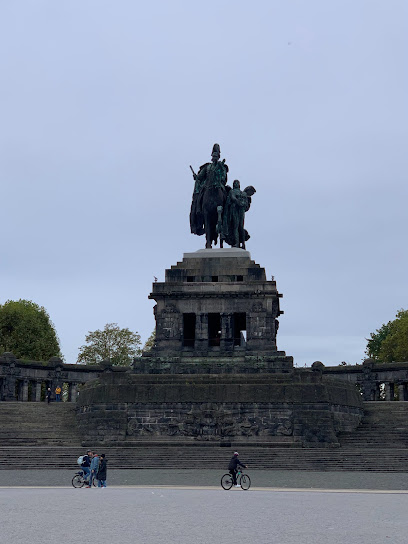
Peter-Altmeier-Denkmal
0.2 km
Honoring Peter Altmeier, the influential Minister-President of Rhineland-Palatinate, this monument symbolizes regional unity and post-war reconciliation near Deutsches Eck in Koblenz.
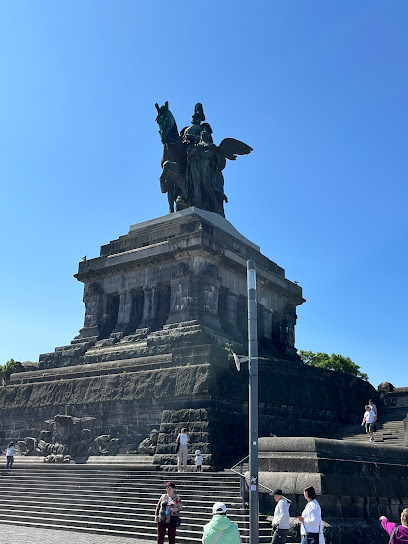
Josef-Görres-Platz
0.5 km
Experience the vibrant heart of Koblenz at Josef-Görres-Platz: a historic square where culture, architecture, and local life intertwine, offering an unforgettable glimpse into the city's soul.
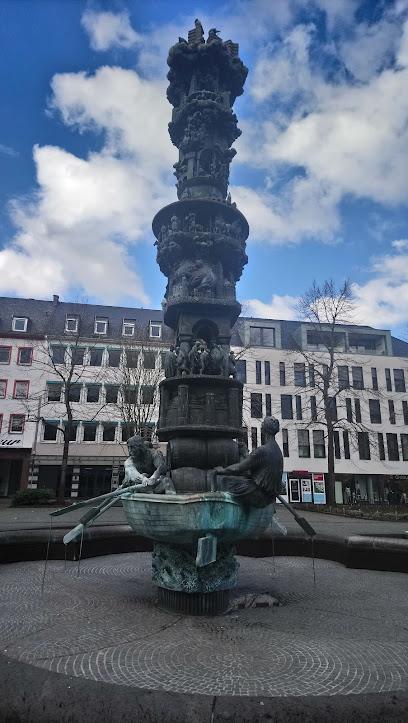
Jesuitenpl.
0.6 km
Discover Jesuitenplatz in Koblenz: A historic square where the echoes of the Jesuit order resonate through stunning architecture and a vibrant cultural atmosphere in the heart of the Old Town.
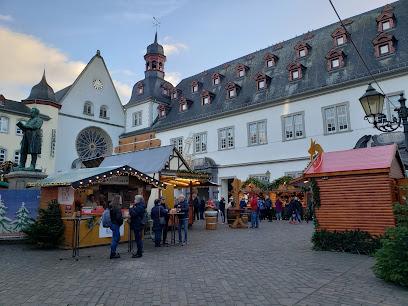
Barmherzige Brüder von Maria-Hilf - Peter Friedhofen Haus
0.6 km
Discover a serene sanctuary in Koblenz's Old Town at the Peter Friedhofen Haus, a historic monastery offering tranquility, reflection, and a glimpse into the Barmherzige Brüder's enduring legacy.
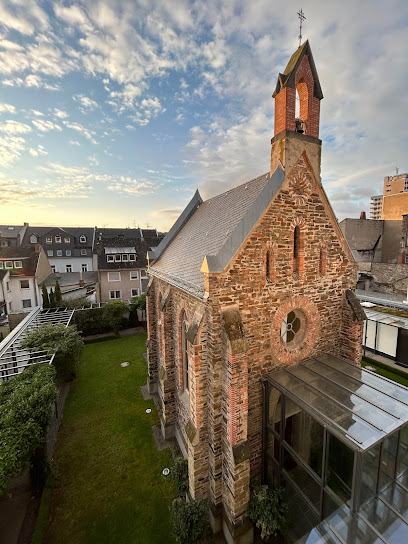
Pegelbrunnen
0.7 km
Discover Koblenz's flood history at the Pegelbrunnen in Ehrenbreitstein, a unique fountain marking centuries of Rhine River water levels on Kapuzinerplatz.
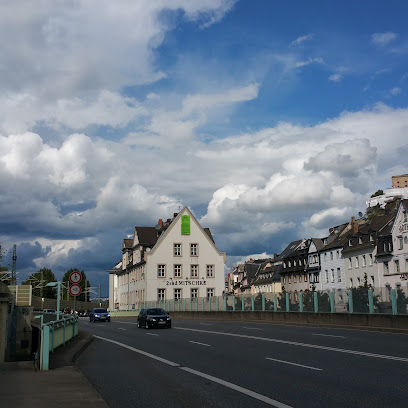
Mahnmal für die Opfer des Nationalsozialismus in Koblenz
0.7 km
A poignant memorial in Koblenz honoring the victims of National Socialism, urging reflection on the past and commitment to a future of tolerance and justice for all.
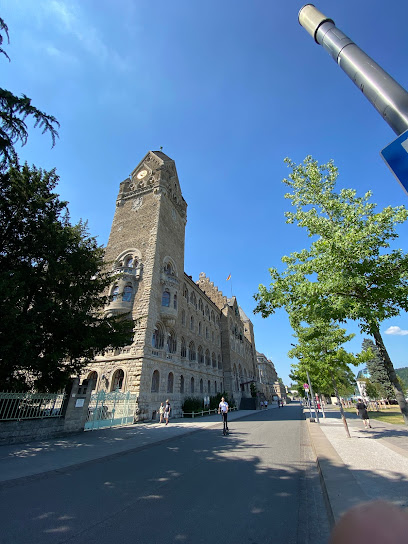
Clemensbrunnen, Koblenz - Clemens Wenzeslaus von Sachsen (1791)
0.7 km
Discover the Clemensbrunnen in Koblenz: a historic fountain honoring Clemens Wenzeslaus, reflecting the city's rich electoral past and architectural beauty.
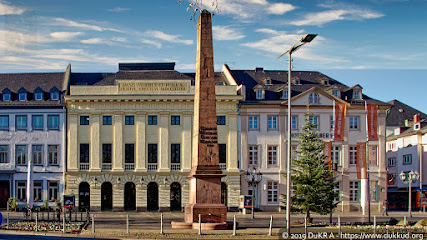
Ehrenbreitsteiner Festungsaufzug
0.7 km
Ascend to Ehrenbreitstein Fortress with ease on the modern incline lift, offering panoramic views and barrier-free access to this historic landmark and UNESCO World Heritage Site.
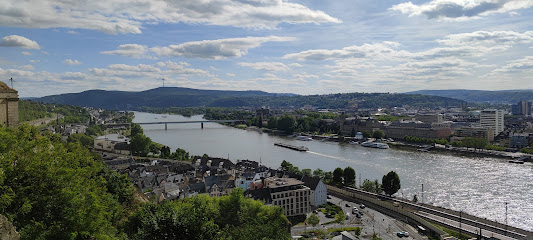
Familienbrunnen (Brunnen der Generationen), Koblenz - Rudi Scheuermann (1980)
0.7 km
Discover Koblenz's captivating history etched in stone at the Familienbrunnen, a generational fountain narrating the city's evolution from Roman times to the present day, nestled near the iconic Liebfrauenkirche.
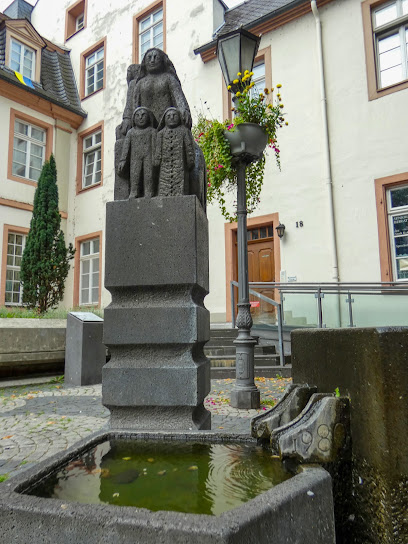
Altstadt Koblenz
0.8 km
Explore the historic heart of Koblenz, where Roman roots meet medieval charm at the confluence of the Rhine and Moselle, offering a captivating journey through time.
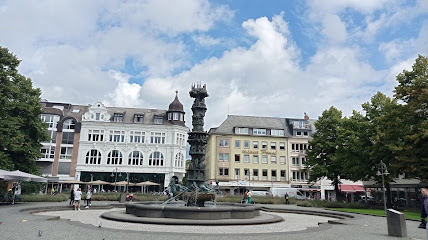
Brunnen zur Stadtentwicklung, Koblenz - Willi Heinzen (1992)
0.8 km
A modern fountain on historic Münzplatz, symbolizing Koblenz's rich history and ongoing evolution, surrounded by Altstadt charm and vibrant city life.
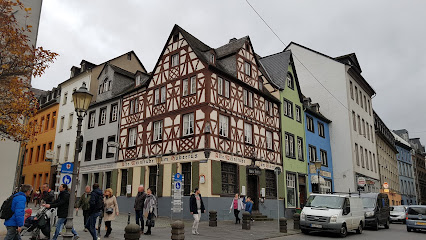
Stadtarchiv Koblenz
0.8 km
Delve into Koblenz's past at the City Archive, housed in the historic Alte Burg, offering a wealth of documents, maps, and photographs for researchers and history enthusiasts.
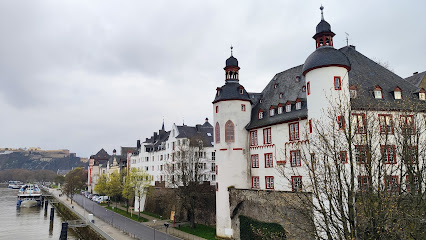
Münzpl.
0.8 km
Discover Münzplatz in Koblenz: where history comes alive in a vibrant square, surrounded by Baroque architecture, charming alleyways, and the echoes of electoral coinage.
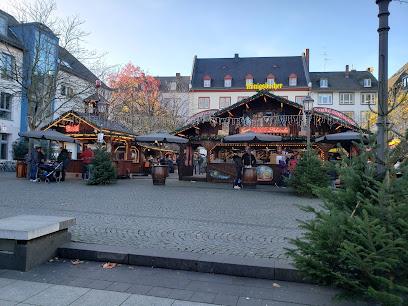
Ehrenmal des deutschen Heeres
0.8 km
A somber memorial within Ehrenbreitstein Fortress, Koblenz, honoring German Army soldiers and offering a space for reflection on war and remembrance.
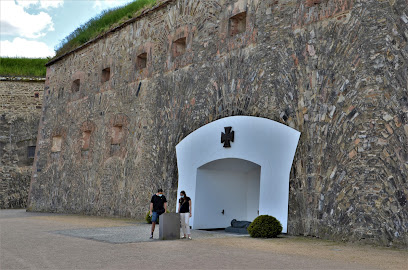
Unmissable attractions to see
Memorial of German Unity
0.1 km
Discover the Memorial of German Unity in Koblenz, a monumental tribute to reconciliation and a scenic spot for tourists exploring Germany's rich history.
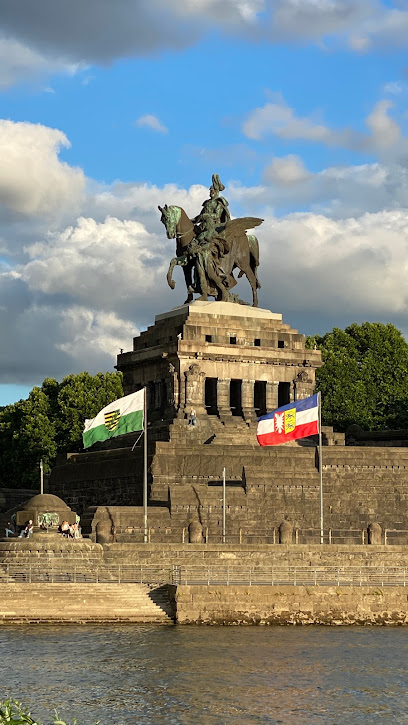
Ludwig Museum Koblenz
0.1 km
Discover the vibrant world of modern art at Ludwig Museum Koblenz, where creativity meets culture in a stunning setting.

Arkadischer Quadratmeter
0.2 km
Explore the picturesque Arkadischer Quadratmeter in Koblenz, a charming tourist attraction blending history, beauty, and local culture.
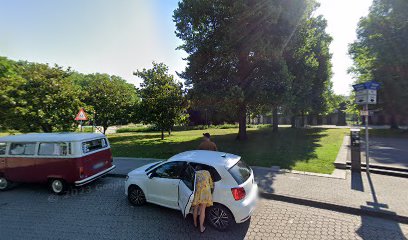
Kastorbrunnen
0.2 km
Experience the serene beauty and historical allure of Kastorbrunnen, a must-see fountain in the heart of Koblenz, Germany.
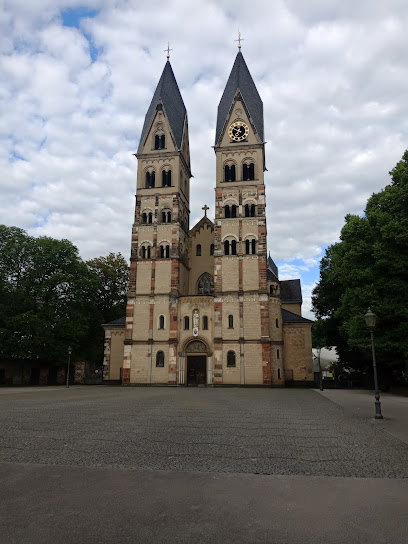
Basilica of St. Castor
0.2 km
Explore the Basilica of St. Castor in Koblenz, a historic Romanesque church offering breathtaking architecture and a serene atmosphere for pilgrims and tourists alike.

Seilbahn Koblenz - Talstation
0.2 km
Discover breathtaking views and rich history at Seilbahn Koblenz, the iconic mountain cable car offering stunning aerial perspectives of the city.
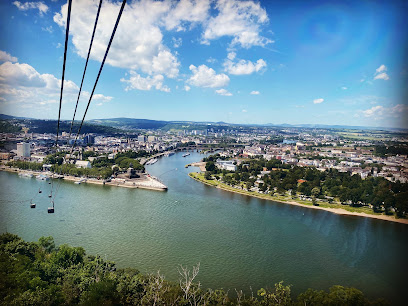
Anleger 3 - Hölzenbein
0.3 km
Discover the scenic beauty of the Rhine River at Anleger 3 - Hölzenbein, a perfect spot for relaxation and local culture in Koblenz.
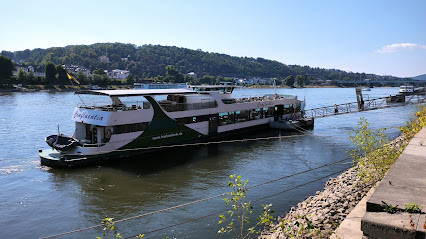
Konrad-Adenauer-Ufer
0.4 km
Discover the beauty and tranquility of Konrad-Adenauer-Ufer, a stunning riverside promenade in Koblenz, perfect for relaxation and outdoor activities.
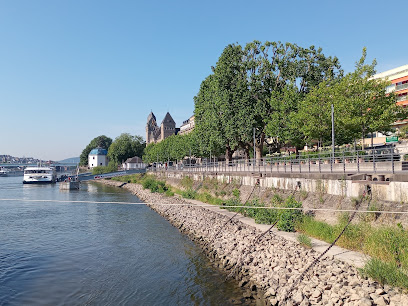
Anleger 5 KDTicket Office Koblenz
0.5 km
Explore the enchanting Rhine River from Koblenz with scenic boat tours that unveil the beauty and history of this UNESCO World Heritage site.
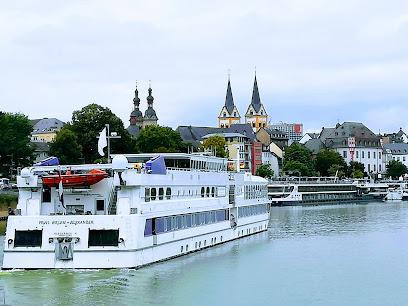
History Column
0.5 km
Discover the History Column in Koblenz - a striking memorial that encapsulates the city's rich heritage and invites reflection amidst vibrant surroundings.
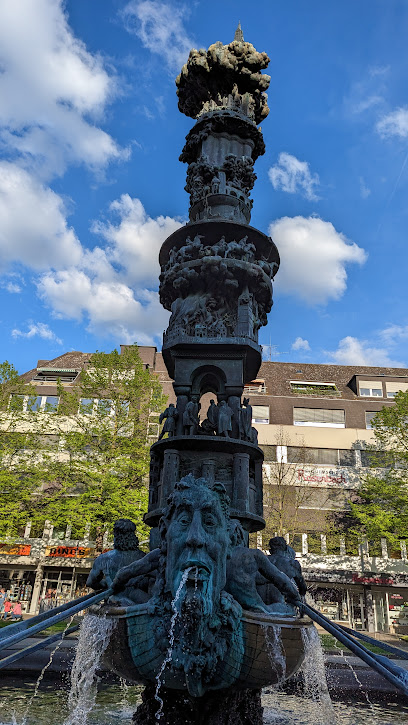
Görresplatz
0.5 km
Discover the vibrant Görresplatz in Koblenz, a historic square rich in culture, stunning architecture, and local delights.
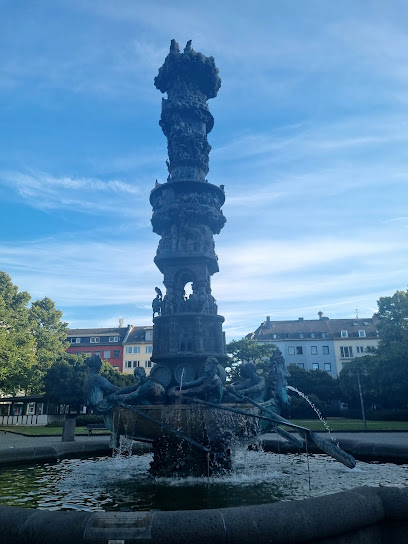
Altes Kaufhaus
0.6 km
Explore the rich history and culture of Koblenz at Altes Kaufhaus, a must-visit museum that connects the past with the present.
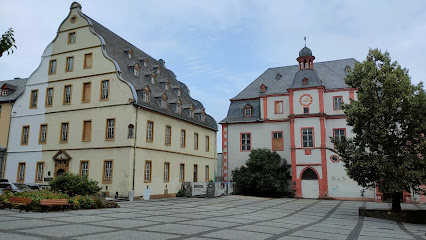
Turmuhr und Augenroller
0.6 km
Explore the historic Turmuhr und Augenroller in Koblenz, a charming clock tower that encapsulates the city's rich culture and heritage.
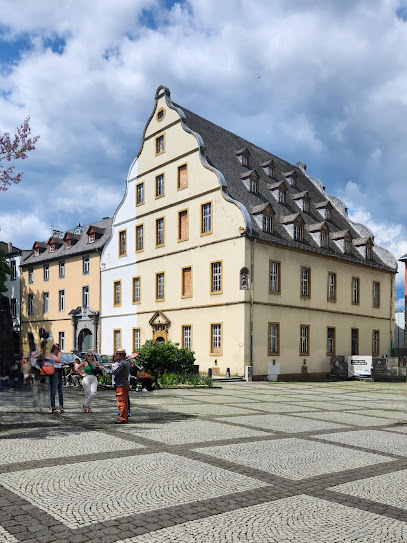
Jesuitenplatz
0.6 km
Experience the vibrant culture and rich history of Koblenz at Jesuitenplatz, a picturesque town square that captivates every visitor.

Citykirche am Jesuitenplatz
0.6 km
Discover the serene beauty and rich history of Citykirche am Jesuitenplatz, a baroque Catholic church in the heart of Koblenz, Germany.
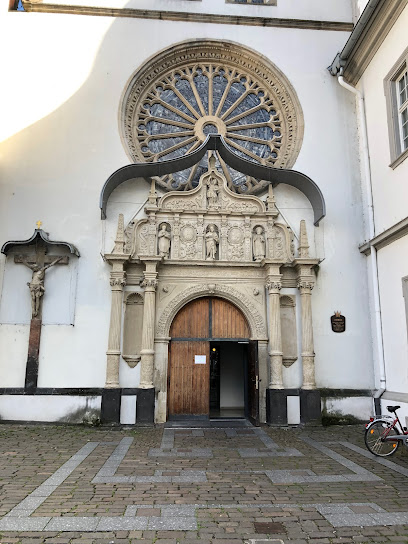
Essential places to dine
Gerhards Genussgesellschaft - Koblenz
0.1 km
Experience gourmet dining at Gerhards Genussgesellschaft in Koblenz—where tradition meets innovation in every bite.

An Nam Asia Fusion & Sushi
0.3 km
Discover the rich flavors of Vietnam at An Nam Asia Fusion & Sushi in Koblenz - where tradition meets modern culinary creativity.
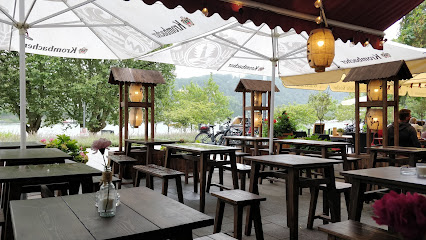
Wacht am Rhein
0.3 km
Experience authentic Italian flavors at Wacht am Rhein, where exquisite pizza meets stunning views of the Rhine River.
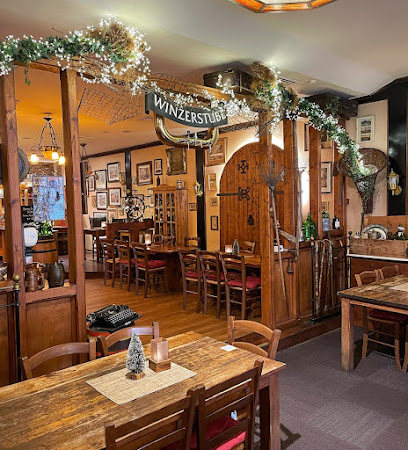
La Gondola - Koblenz
0.4 km
Savor authentic Italian cuisine at La Gondola in Koblenz – where every meal is a celebration of flavor and tradition.
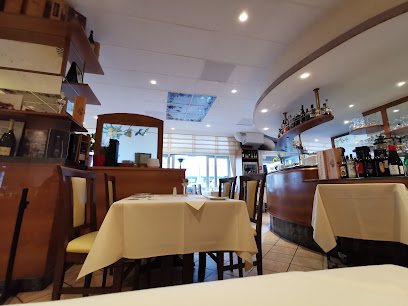
adaccio
0.5 km
Savor authentic Italian flavors at Adaccio in Koblenz—where delicious food meets vibrant ambiance.
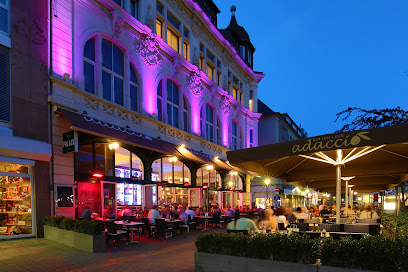
Maximilians Altes Kaufhaus
0.5 km
Discover authentic German flavors at Maximilians Altes Kaufhaus in Koblenz - a must-visit destination for food lovers exploring this historic city.
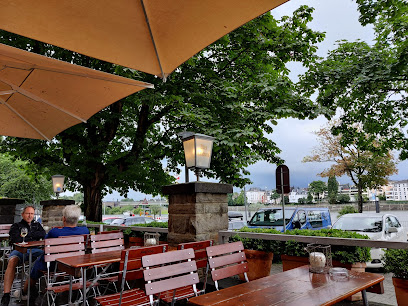
Einstein Koblenz
0.5 km
Discover the vibrant flavors of Einstein Koblenz – your go-to restaurant and cocktail bar for unforgettable dining experiences.
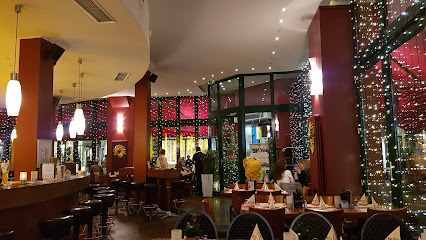
ALEX Koblenz
0.5 km
Experience the best of German cuisine and delightful pastries at ALEX Koblenz - where every meal is a celebration.
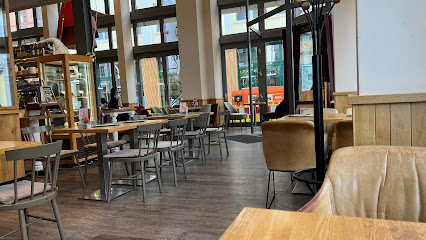
Saphir Koblenz
0.5 km
Experience exquisite dining at Saphir Koblenz - where local flavors meet international cuisine in a charming setting.

Restaurant Havana - Koblenz
0.6 km
Savor authentic Cuban cuisine and cocktails at Restaurant Havana - Koblenz, where vibrant flavors meet a lively atmosphere.
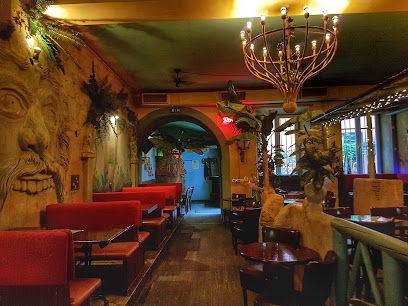
Restaurant Verbene
0.6 km
Experience fine dining at Restaurant Verbene in Koblenz—where culinary artistry meets elegance.
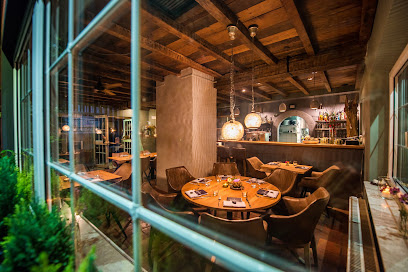
Café Bistro Pfefferminzje
0.6 km
Discover Café Bistro Pfefferminzje in Koblenz: A cozy bistro offering delightful breakfasts and exquisite coffee in a charming atmosphere.
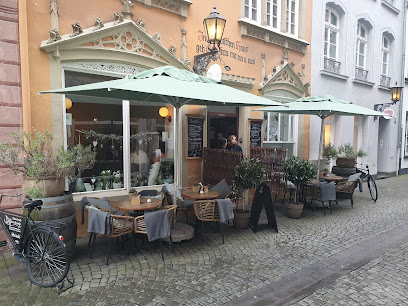
Weinhaus Hubertus
0.7 km
Discover authentic German cuisine and fine wines at Weinhaus Hubertus in Koblenz - a true gem for food lovers.
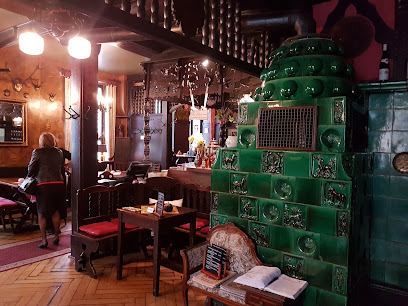
Altes Brauhaus
0.7 km
Discover the heart of Koblenz at Altes Brauhaus – where authentic German flavors meet vibrant local culture.
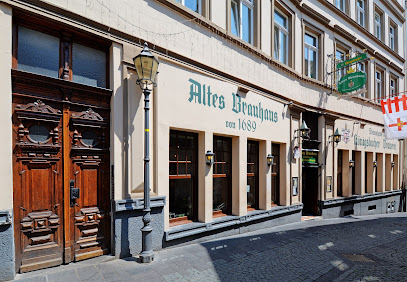
Restaurant Hanoi
0.7 km
Discover authentic Vietnamese cuisine at Restaurant Hanoi in Koblenz - where every dish tells a story.
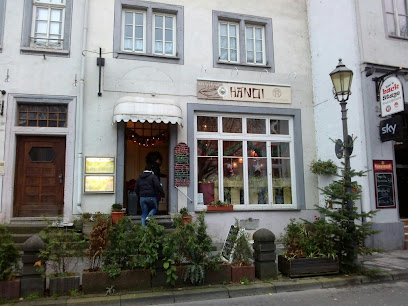
Markets, malls and hidden boutiques
Wolford Partner Boutique Koblenz
0.6 km
Discover luxury women's fashion at Wolford Partner Boutique Koblenz, where quality meets elegance in every piece.
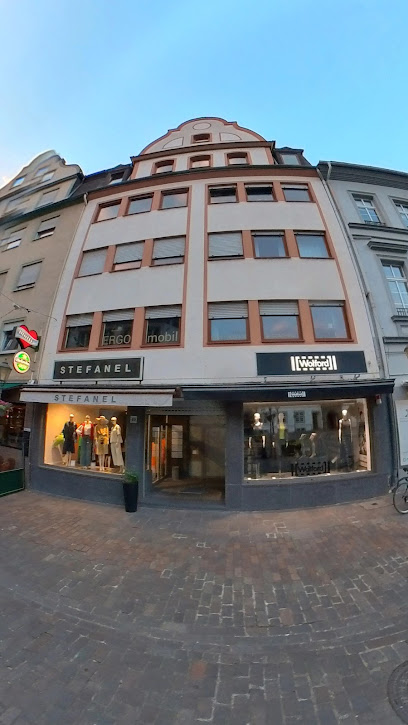
Bottega d'Amore - von Herzen
0.6 km
Discover Bottega d'Amore in Koblenz, where culinary delights meet artistic inspiration in a cozy café and boutique atmosphere.

Boutiquen Isolde GmbH
0.6 km
Discover modern elegance and unique styles at Boutiquen Isolde GmbH, a charming women's clothing boutique in Koblenz, Germany.
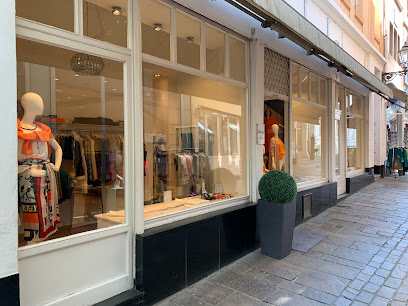
Zweite Liebe - Fashion Outlet Boutique
0.7 km
Explore Zweite Liebe in Koblenz for unique fashion finds and unbeatable deals in a charming boutique setting.
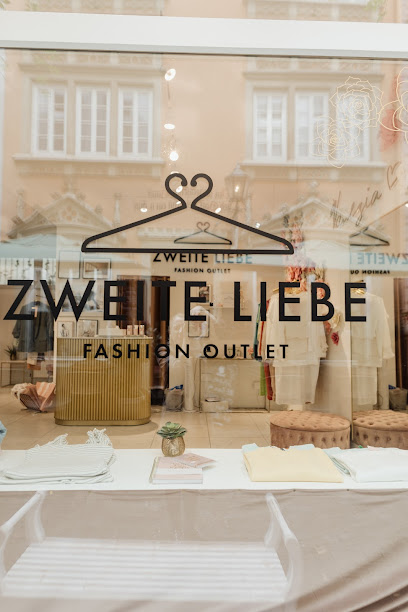
Commes GmbH
0.7 km
Explore the finest selection of chinaware at Commes GmbH in Koblenz, where craftsmanship meets elegance.
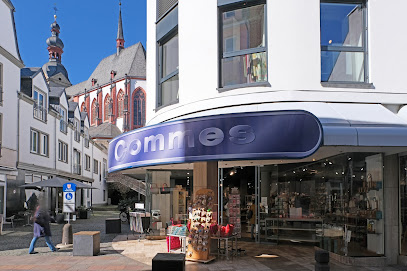
Unicorn Koblenz
0.7 km
Explore the mystical world of Unicorn Koblenz, your go-to metaphysical supply store in the heart of Koblenz, perfect for every spiritual seeker.
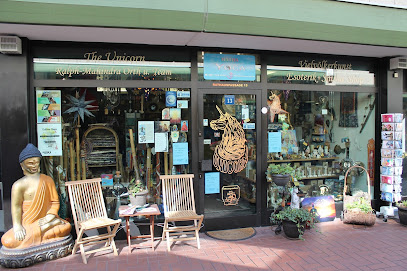
Bazaar of Wunderbar
0.7 km
Discover unique gifts and local treasures at the Bazaar of Wunderbar in Koblenz, where shopping meets cultural exploration.
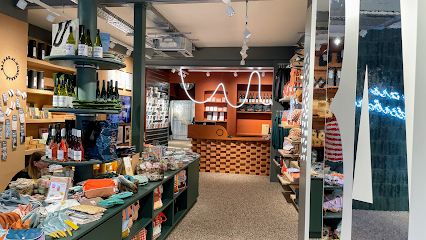
goSteam - Der Dampfer Shop - E-Zigaretten Fachgeschäft in Koblenz
0.7 km
Visit goSteam in Koblenz for a vast selection of vaporizers and e-cigarettes, expert advice, and a welcoming atmosphere for all vaping enthusiasts.

JJ7
0.7 km
Experience the local flavor at JJ7 Kiosk in Koblenz, your go-to spot for snacks and refreshments amidst stunning scenery.
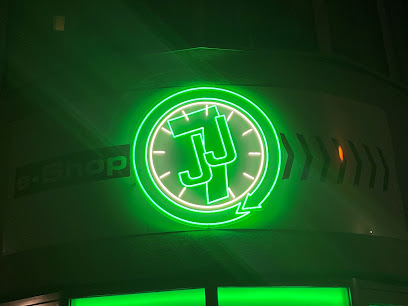
Bathroom
0.7 km
Discover unique souvenirs and local crafts at Koblenz's charming gift shop, capturing the spirit of the region in every piece.

Rendantur Koblenz
0.7 km
Explore the local charm of Rendantur Koblenz, a delightful store offering unique products that celebrate the rich culture and traditions of the region.
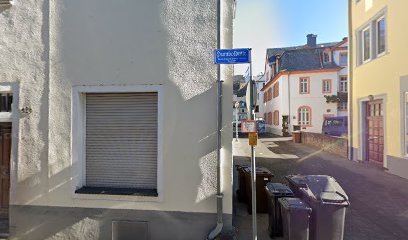
Kunstgässchen Koblenz
0.7 km
Explore Kunstgässchen Koblenz: A vibrant shopping mall offering unique boutiques, local art, and delicious dining experiences in the heart of Koblenz.
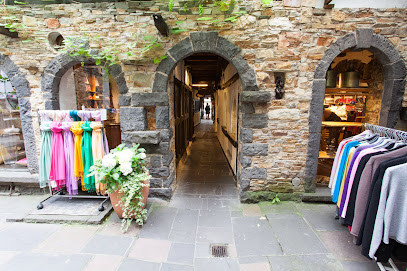
YASI WHO...?
0.8 km
Explore YASI WHO? in Koblenz for a unique shopping experience showcasing local fashion, style, and craftsmanship that you can't find anywhere else.

World - luxury fashion store
0.8 km
Explore luxury fashion at World in Koblenz, where style meets sophistication in an exquisite shopping experience.
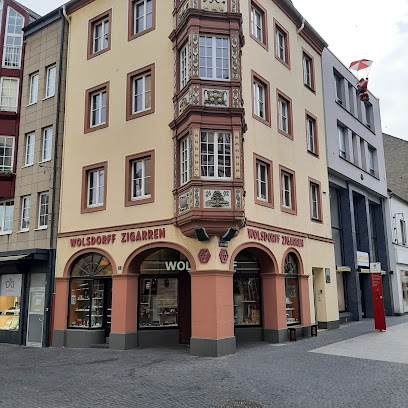
Iris Woldenga
0.8 km
Explore Iris Woldenga, a vintage women's clothing haven in Koblenz, offering unique fashion and an inviting atmosphere for all visitors.
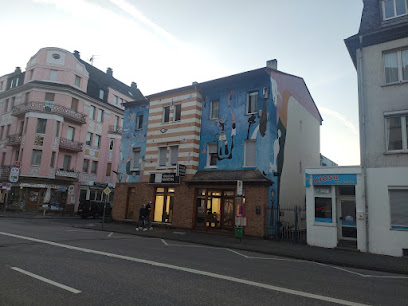
Essential bars & hidden hideouts
Königsbacher Biergarten am Deutschen Eck GmbH
0.1 km
Experience the best of German beer culture at Königsbacher Biergarten, where tradition meets relaxation in beautiful Koblenz.
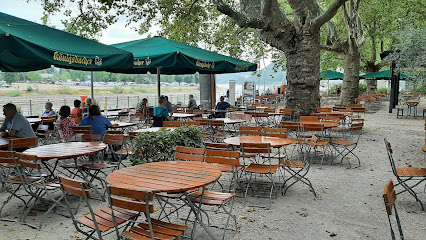
Winninger Weinstuben
0.3 km
Experience the rich flavors of local wines at Winninger Weinstuben in Koblenz, a charming wine bar perfect for every wine lover.
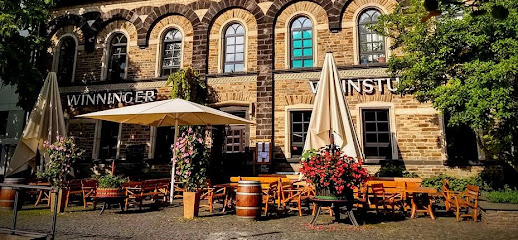
Public Lounge Bar - Koblenz
0.5 km
Discover the lively Public Lounge Bar in Koblenz, where cocktails meet community in a vibrant atmosphere perfect for unwinding after a day of exploration.

Mephisto - Koblenz
0.5 km
Discover the energetic vibe of Mephisto in Koblenz, a premier pub offering delicious food, refreshing drinks, and an unforgettable local experience.
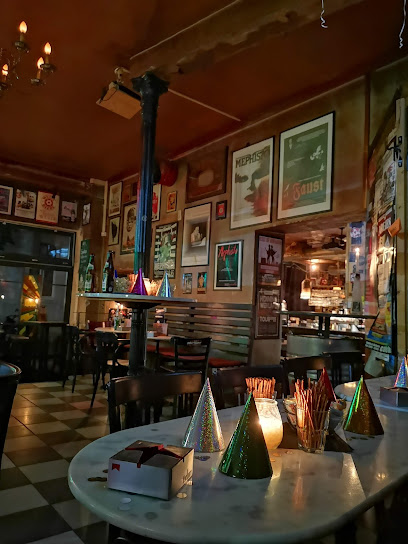
Daddy-O's - Koblenz
0.5 km
Discover Koblenz's top cocktail bar, Daddy-O's, where expertly crafted drinks meet a vibrant atmosphere for an unforgettable night.

M's GASTWERKoblenz
0.5 km
Discover M's GASTWERKoblenz, a charming lounge offering exquisite cocktails and wines in a cozy atmosphere, perfect for unwinding after a day of exploration.
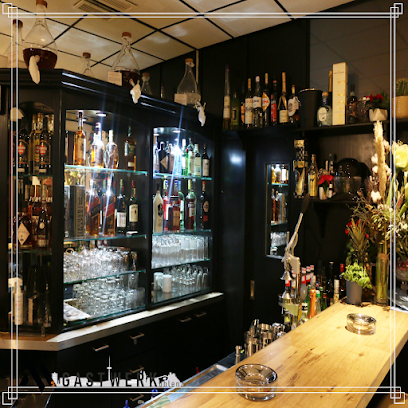
Café Bar My Way
0.6 km
Discover the perfect blend of relaxation and excitement at Café Bar My Way, Koblenz's favorite spot for coffee, cocktails, and light bites.
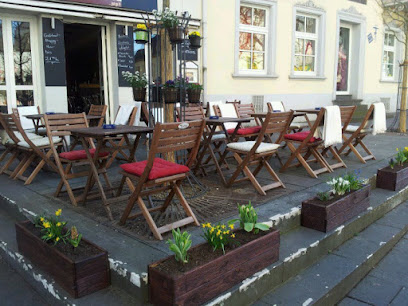
McCoy - The Highball Ltd.
0.6 km
Discover McCoy - The Highball Ltd., Koblenz's premier cocktail bar, where innovative drinks and a vibrant atmosphere create unforgettable experiences.

Biergarten Festung Ehrenbreitstein
0.6 km
Visit Biergarten Festung Ehrenbreitstein for a unique dining experience with stunning views and authentic German cuisine in Koblenz.
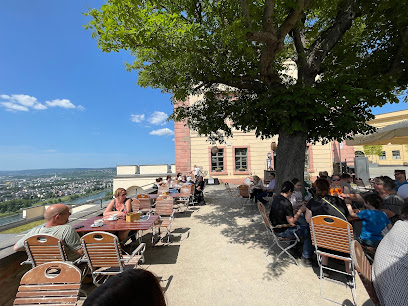
Gecko Lounge
0.7 km
Discover the vibrant nightlife of Koblenz at Gecko Lounge, where delightful drinks and a lively atmosphere await.
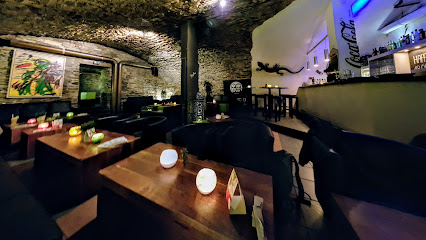
Wild Life Pub
0.7 km
Experience the lively Wild Life Pub in Koblenz – a welcoming bar perfect for drinks, snacks, and live entertainment in a vibrant setting.
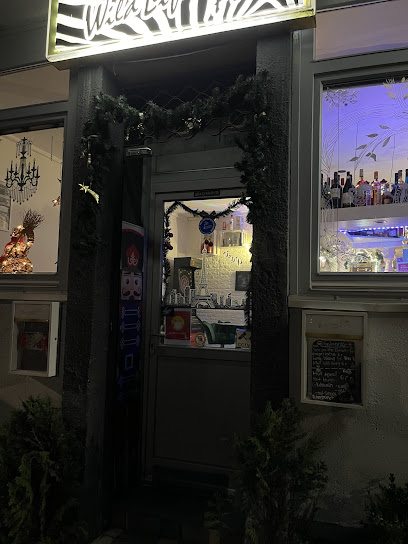
Zum Schiffchen
0.7 km
Discover the heart of Koblenz at Zum Schiffchen, where traditional German cuisine meets a lively pub atmosphere.

Atlas Bar - Koblenz
0.7 km
Discover the vibrant atmosphere of Atlas Bar in Koblenz, where relaxation meets socializing in a charming setting.

BackStage Koblenz
0.7 km
Discover the energetic nightlife of BackStage Koblenz, a lively bar and pub perfect for socializing and enjoying local drinks.
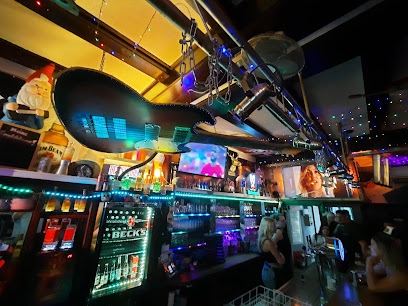
Druckluftkammer
0.7 km
Experience the vibrant nightlife at Druckluftkammer in Koblenz, where cocktails and dancing meet a lively atmosphere for an unforgettable evening.
